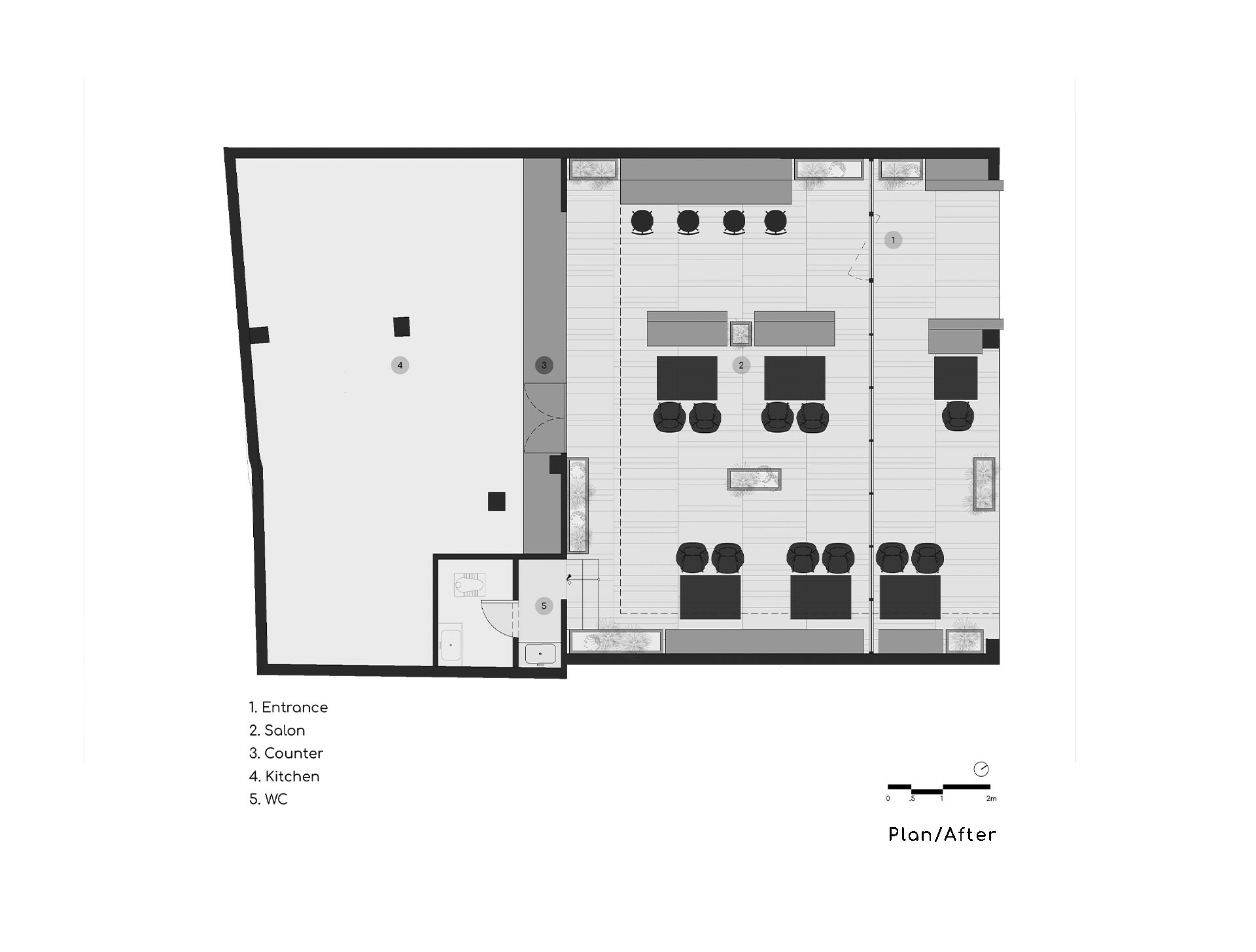Mian Laye
.
Project Details
The project is located on a busy street in Shiraz, known for its concentration of cafes and diverse cuisines, dynamic restaurants, and social .gatherings
Before the renovation, the building had a closed and crowded appearance due to the spatial layout, with a narrow and unclear entrance, which limited the flow of movement and invitation into the space.
The project was formed in response to the question of how architecture and the city can be integrated in a more active and effective way?
With this approach, and with the aim of creating spatial transparency, openness and continuity between the outside and inside, and strengthening the urban presence, the spatial structure was redefined and organized. In order to establish a two-way and deeper dialogue between the architectural body and the urban space.
Initially, the initial volume was considered as a monolithic mass and was pulled back about two meters in order to strengthen the visual and functional connection with the urban space around its front section. This retreat played the role of an intermediate space between the outside and the inside, pulling the city into the space and opening the body towards the city, and the architecture merged with the city.
After that, in the remaining volume mass, different functions were defined and emptied in the form of separate but related sections based on user needs, movement flow and inter-spatial relationships. As the different sections were emptied in the volume mass, layers were formed in the middle of these fillings and voids, and each took on a specific functional role in the space. Some layers were extended towards the floor and formed the seating and social table, some layers were defined as separating partitions between spaces, a number of layers were extended towards the ceiling and became ambient lighting elements, and a layer was extended towards the facade and formed the space panel in the body facing the city. These layers, along with the defined functional sections in a coherent and integrated whole without additional elements, provided diverse and fluid spatial qualities in addition to responding to functional needs. The extension of the layers from outside to inside and the transparency and expansiveness defined at the edge of the urban facade strengthened the continuity and sense of invitation, defining an open, flexible space that coexisted with the urban environment, and creating an opportunity to create a two-way discourse.
commercial
- .
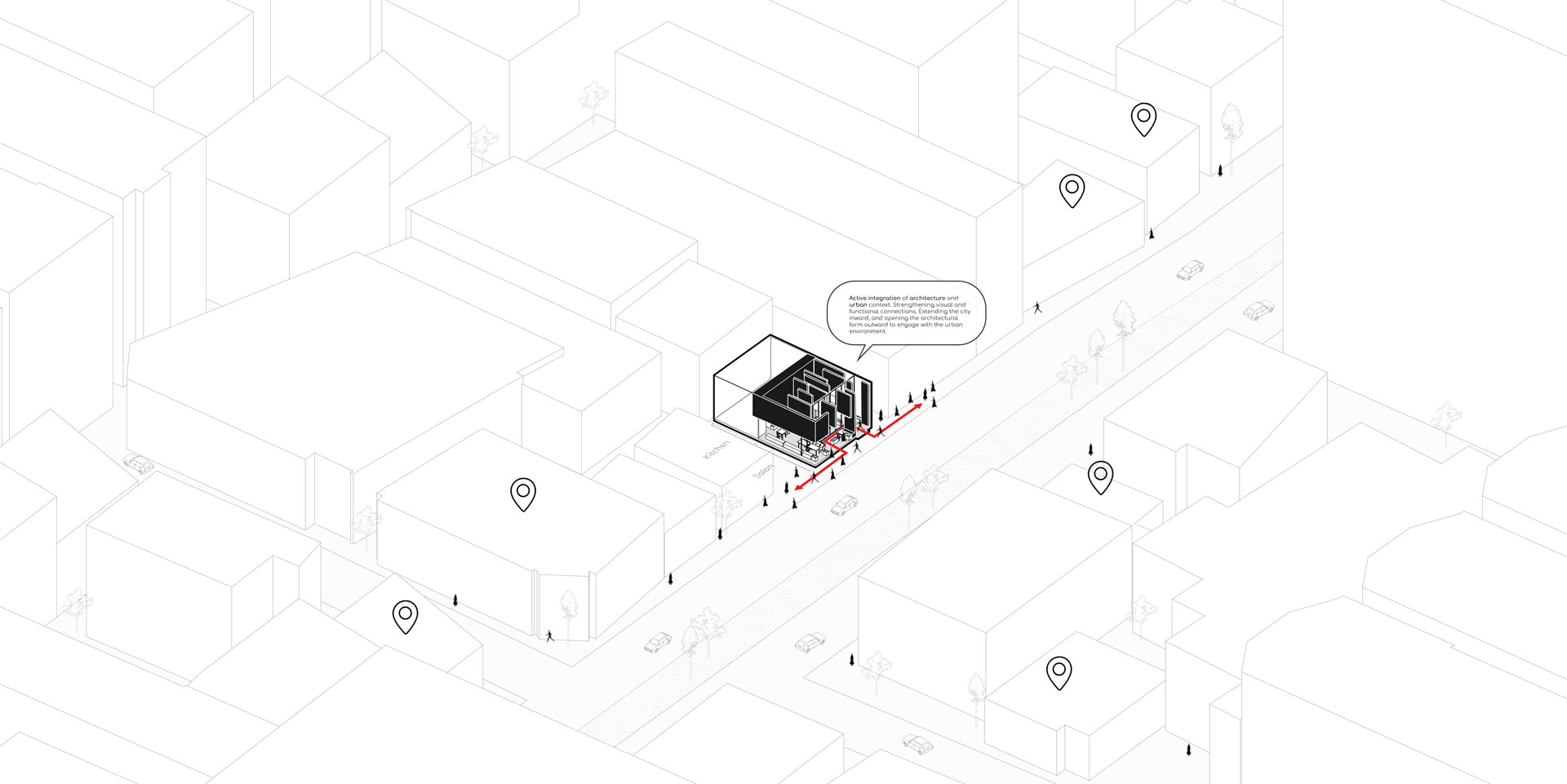
- .
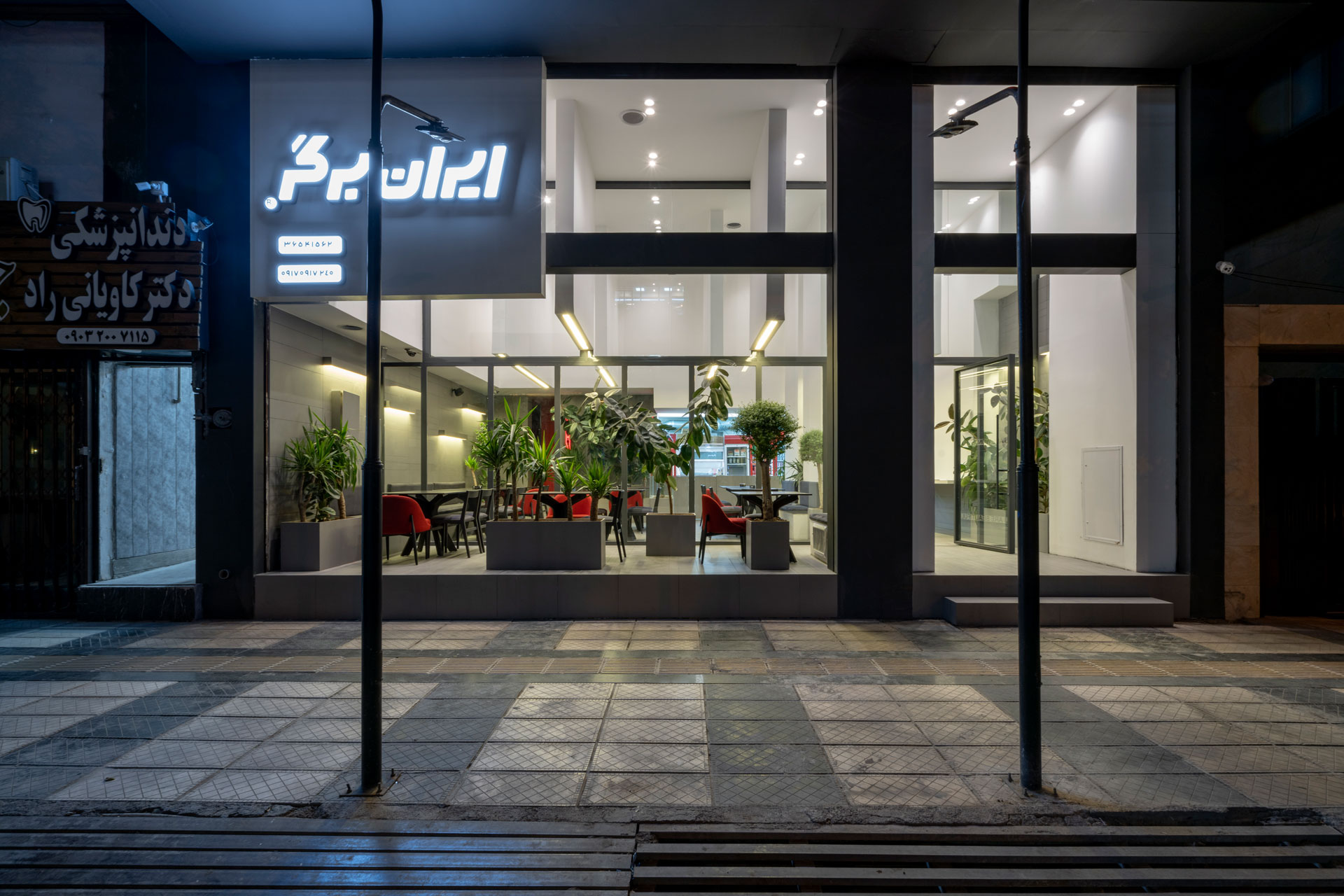
- .
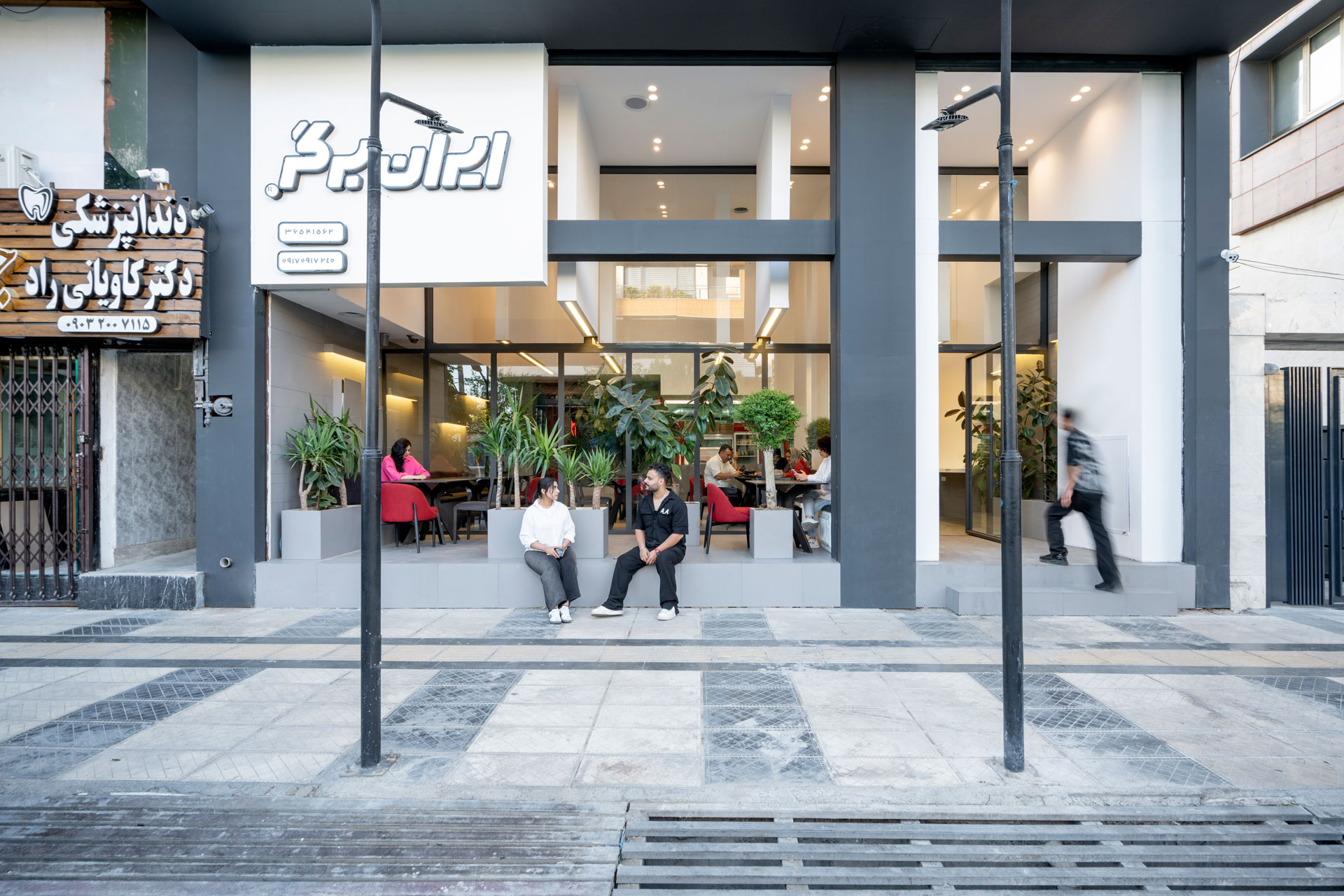
- .
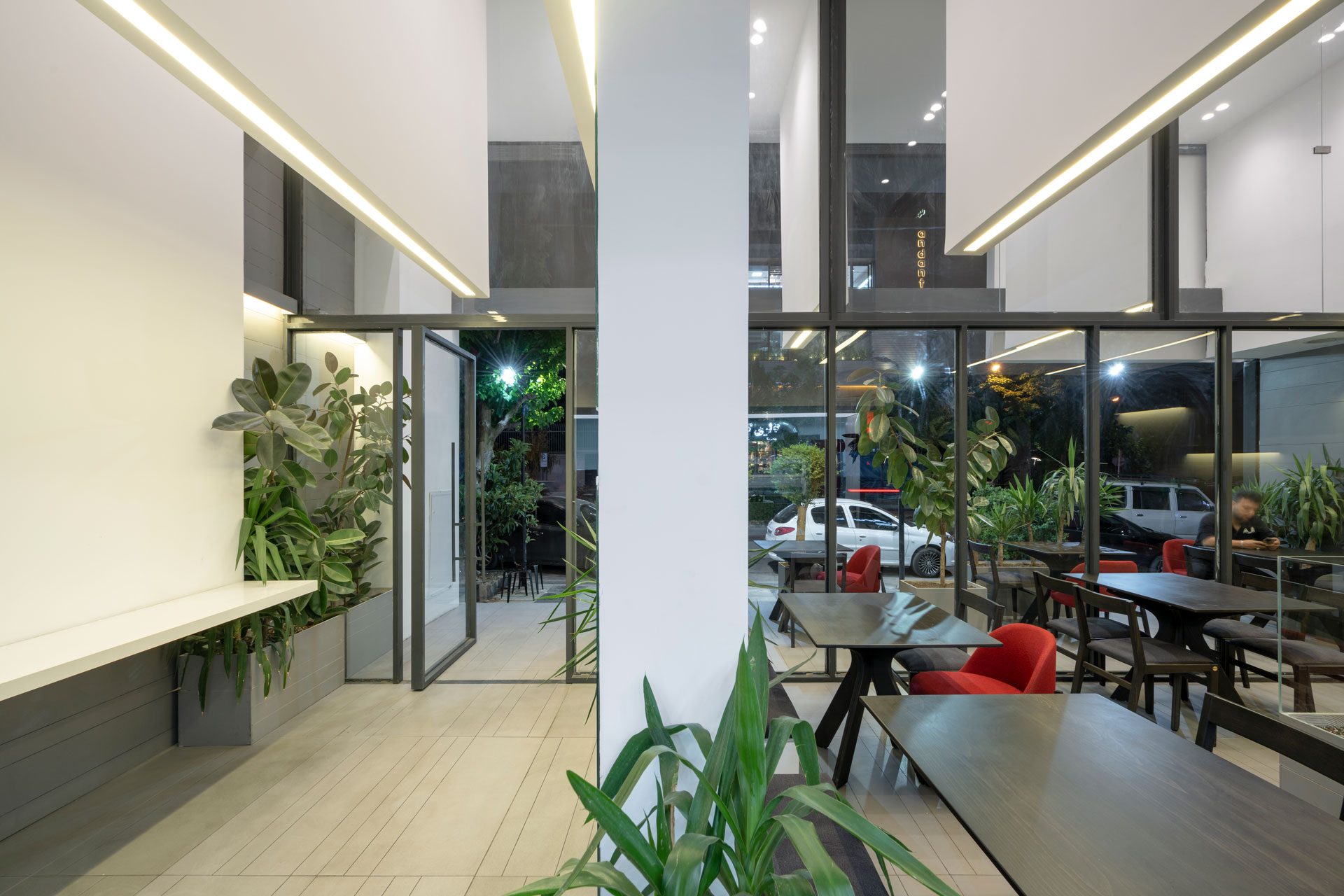
- .
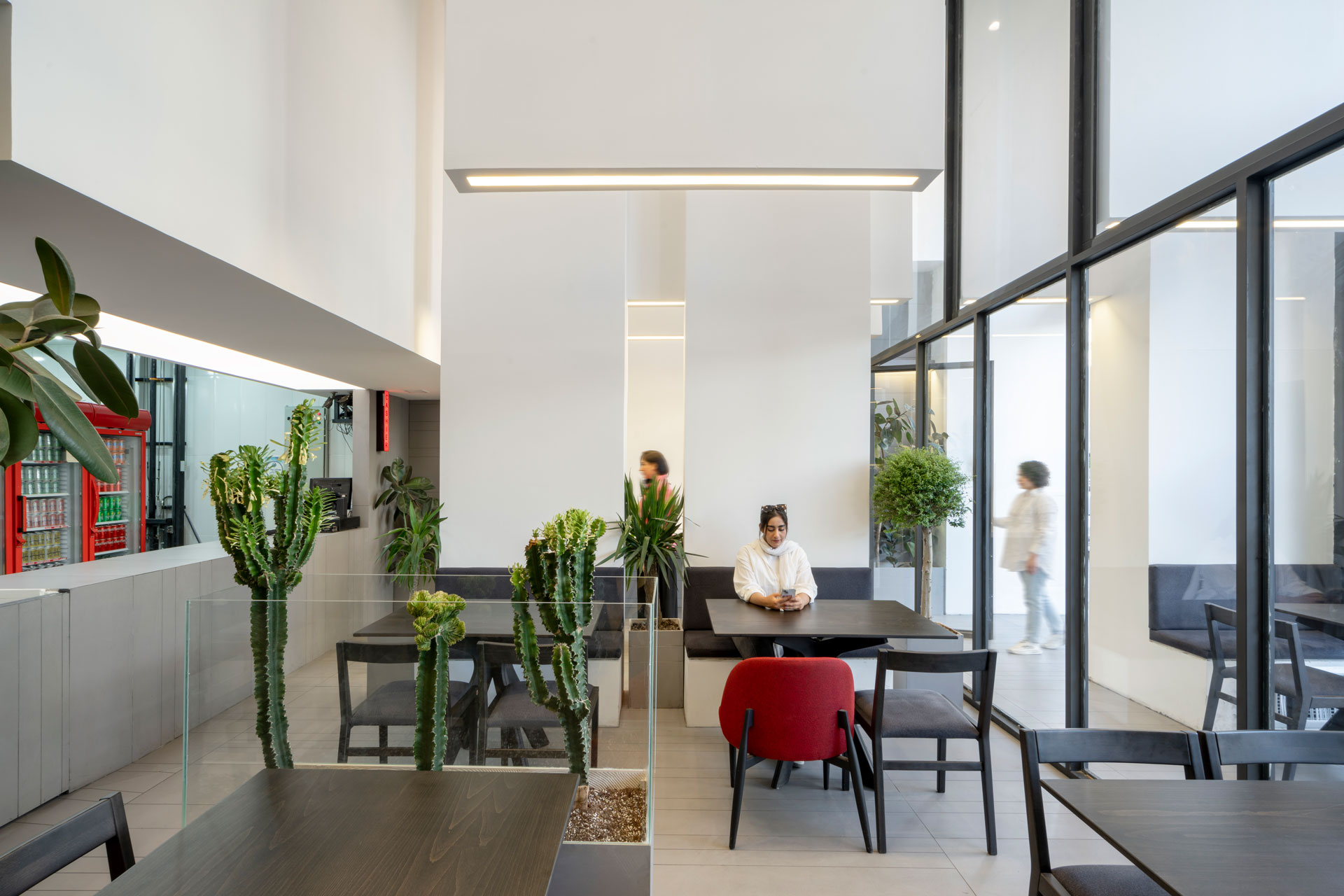
- .
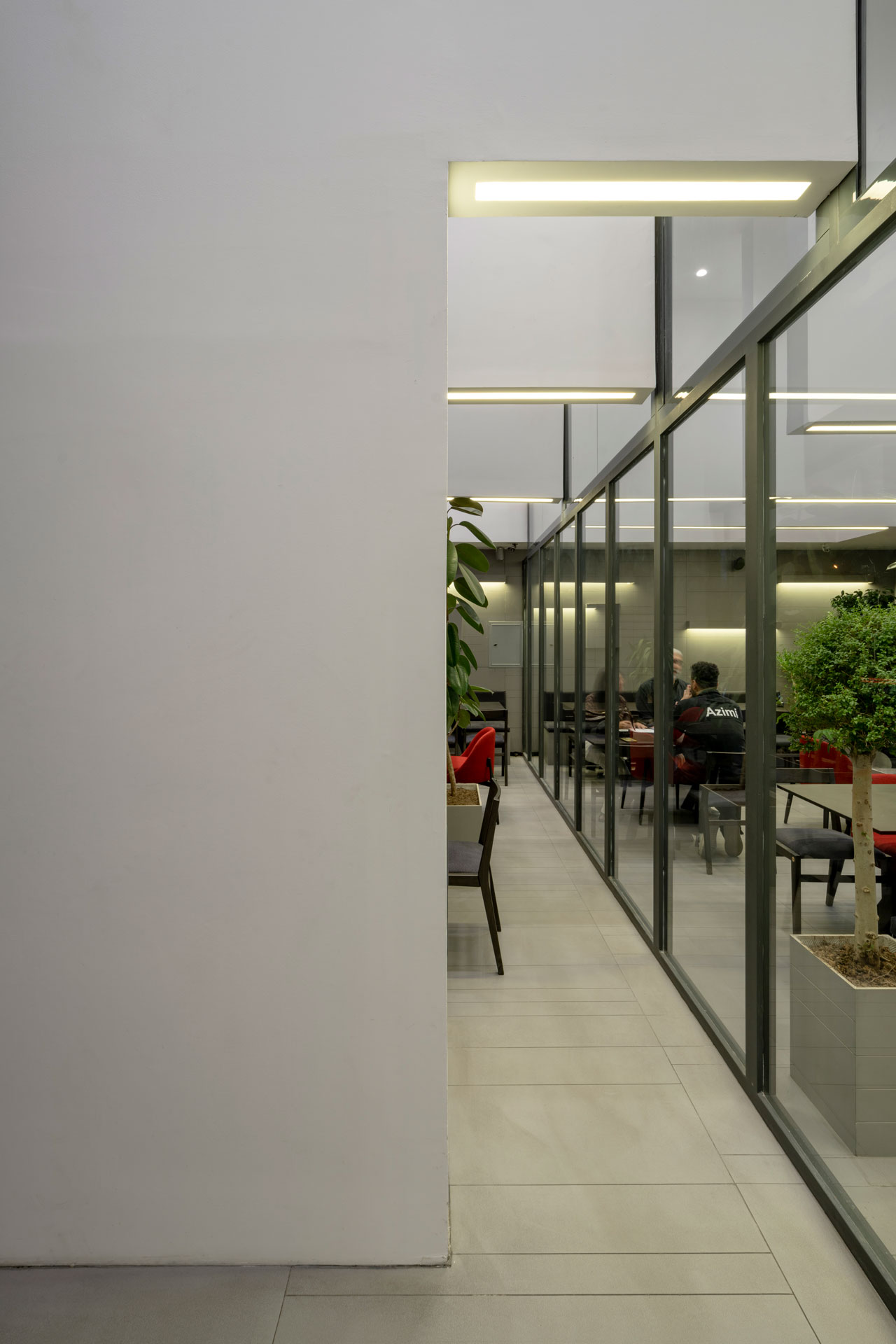
- .
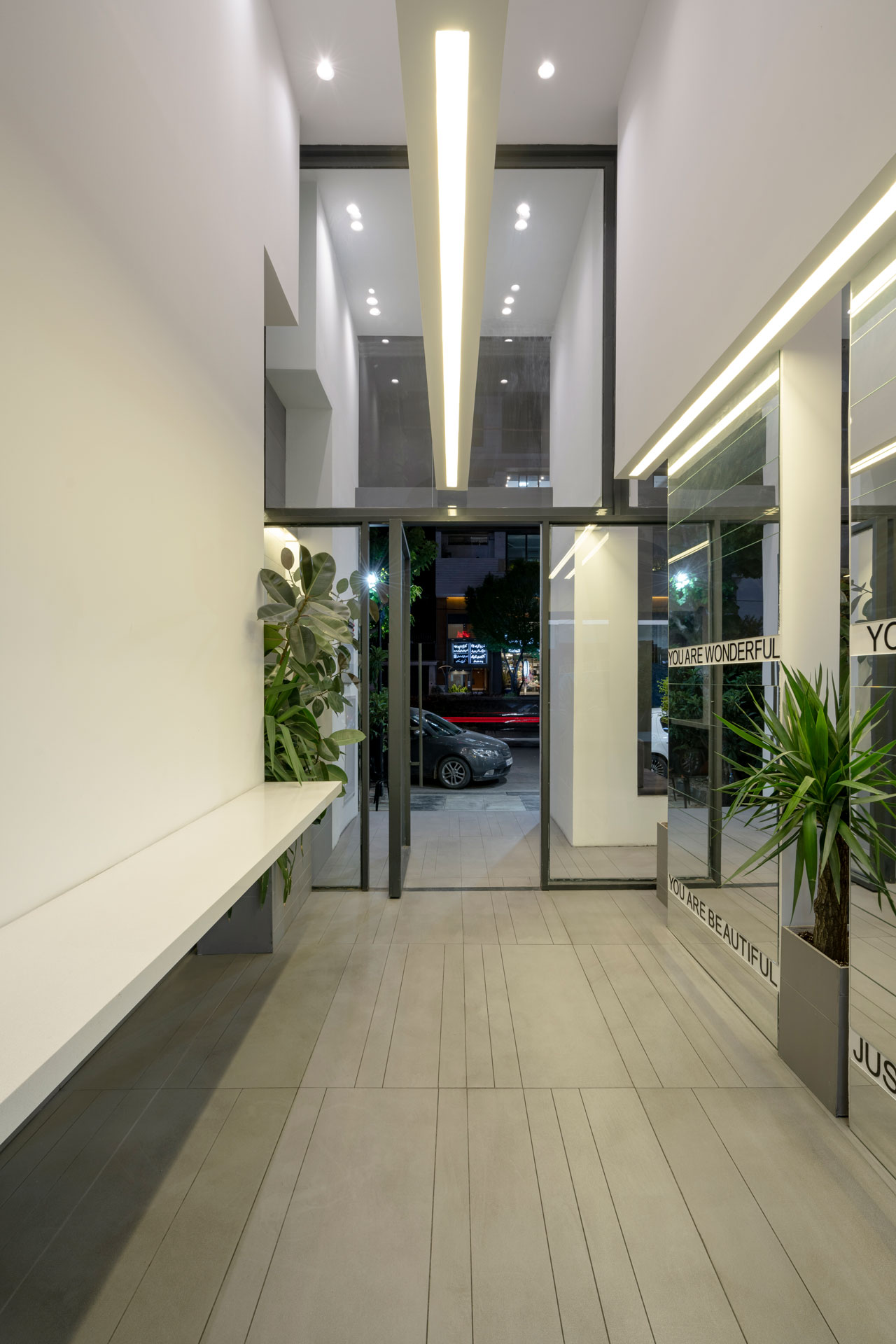
- .
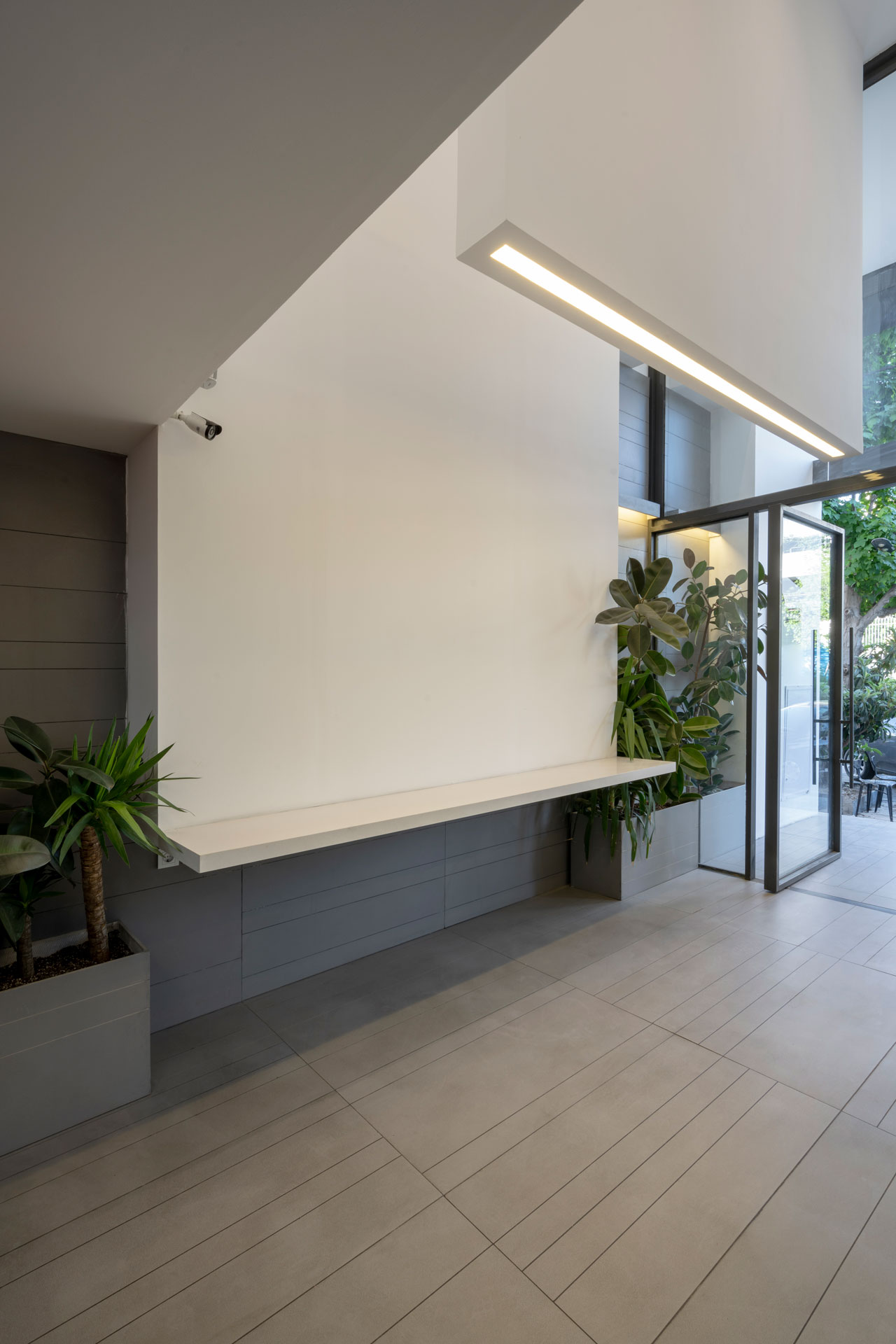
- .

- .
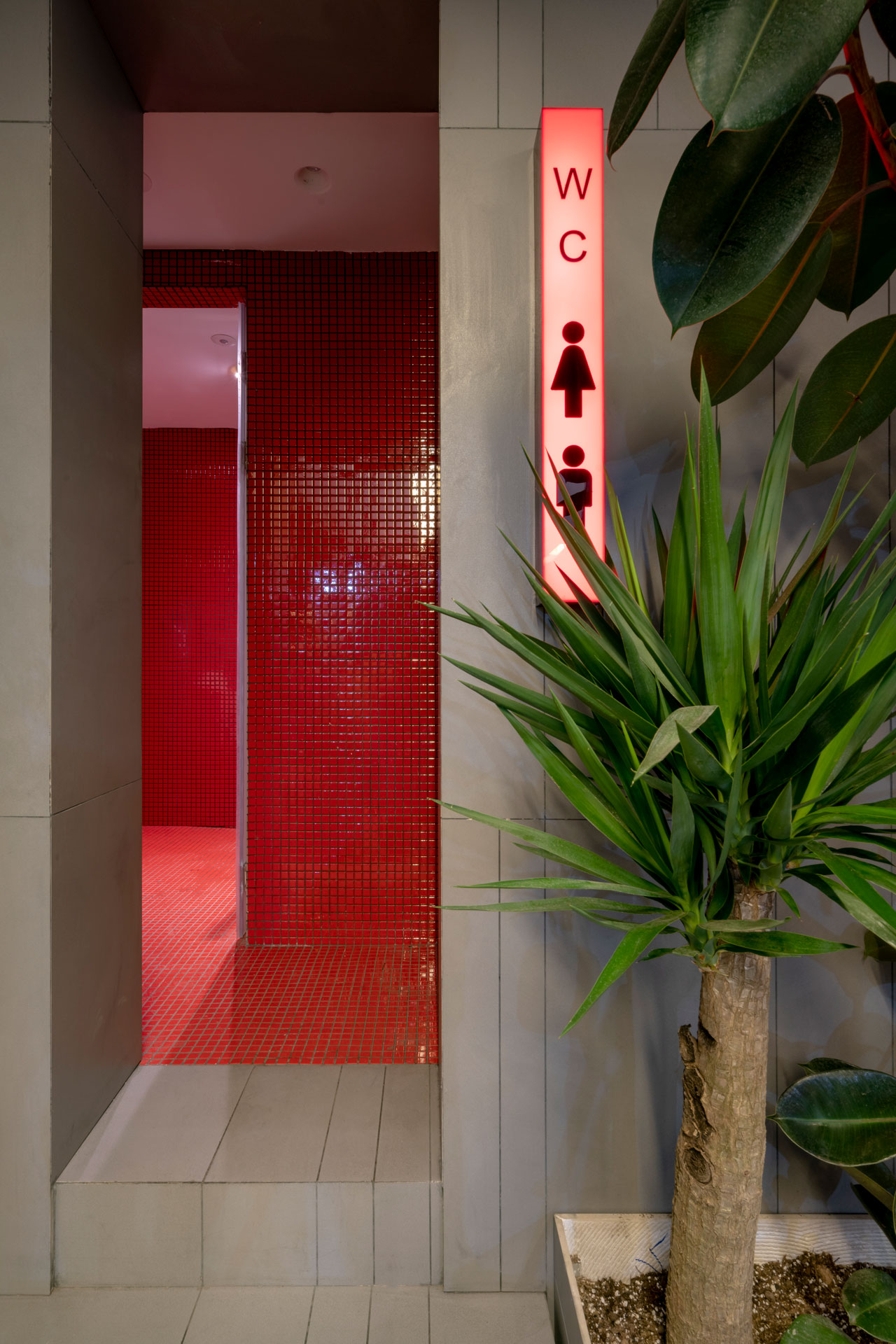
- .
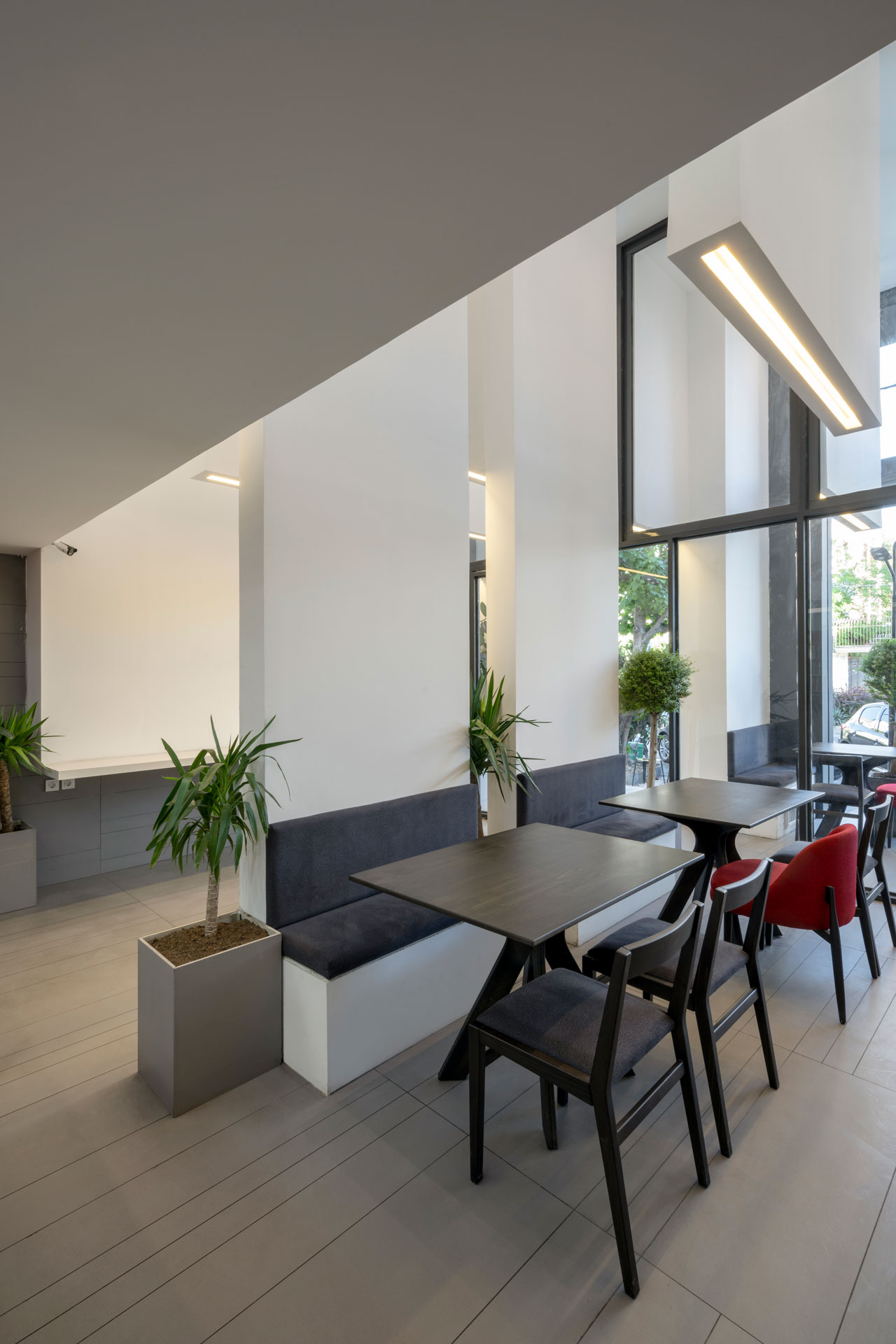
- .
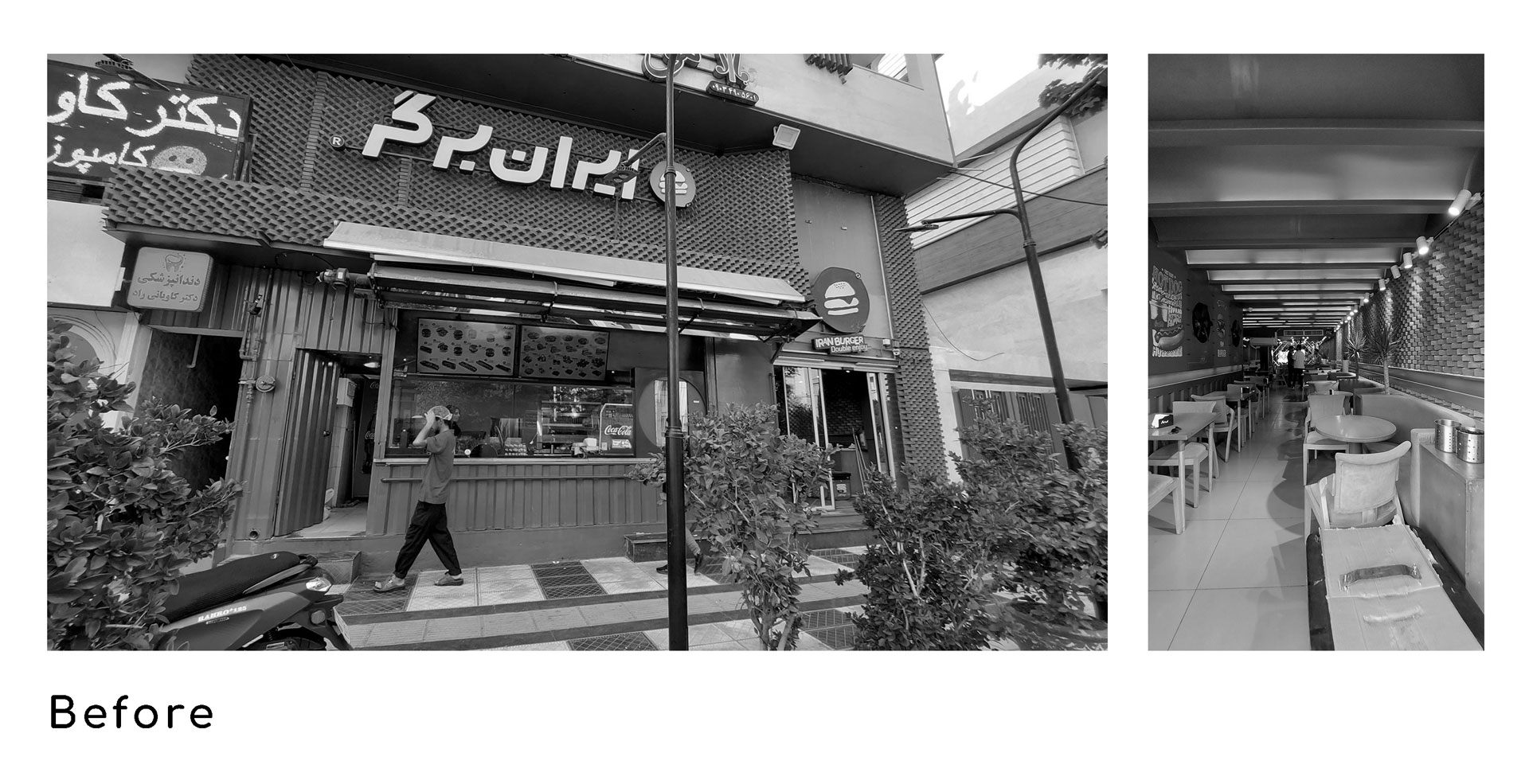
- .
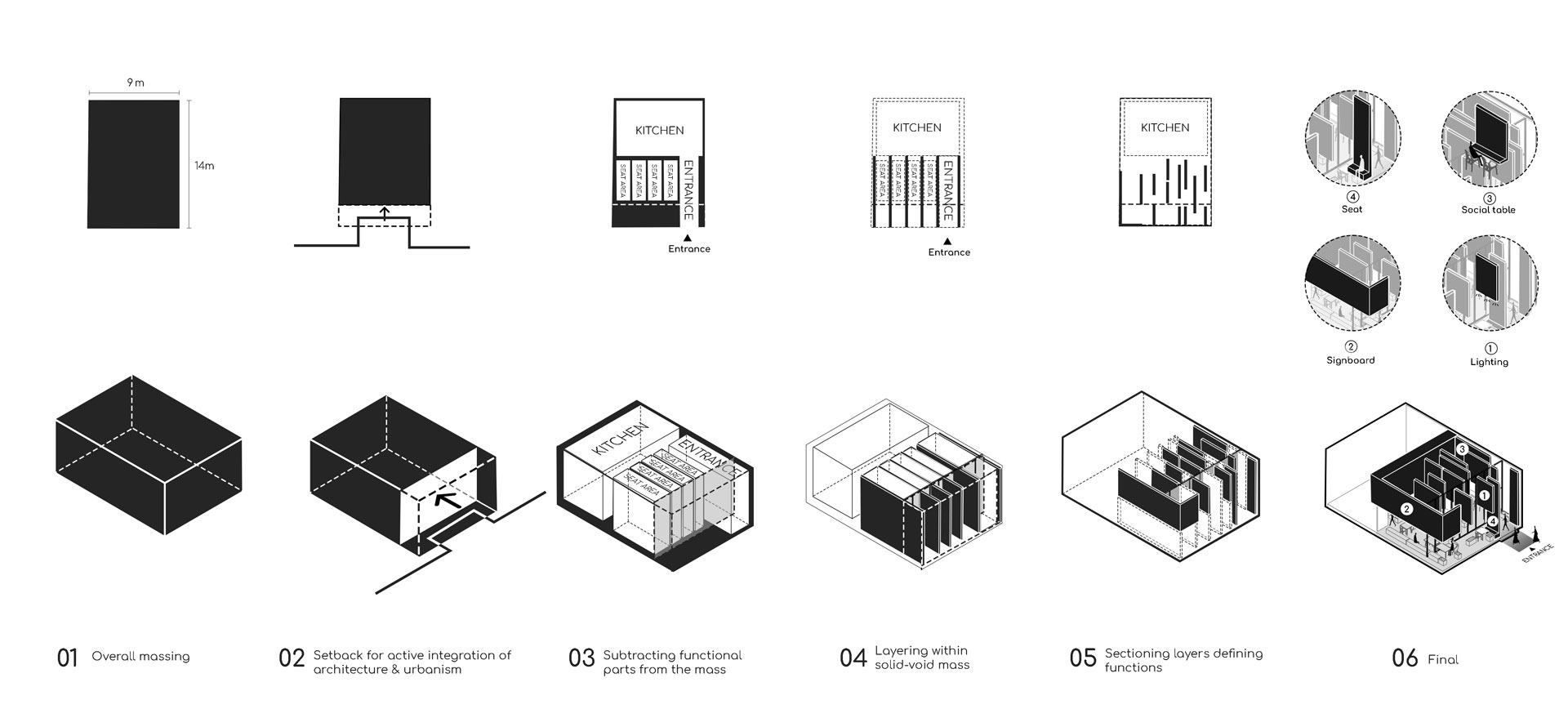
- .
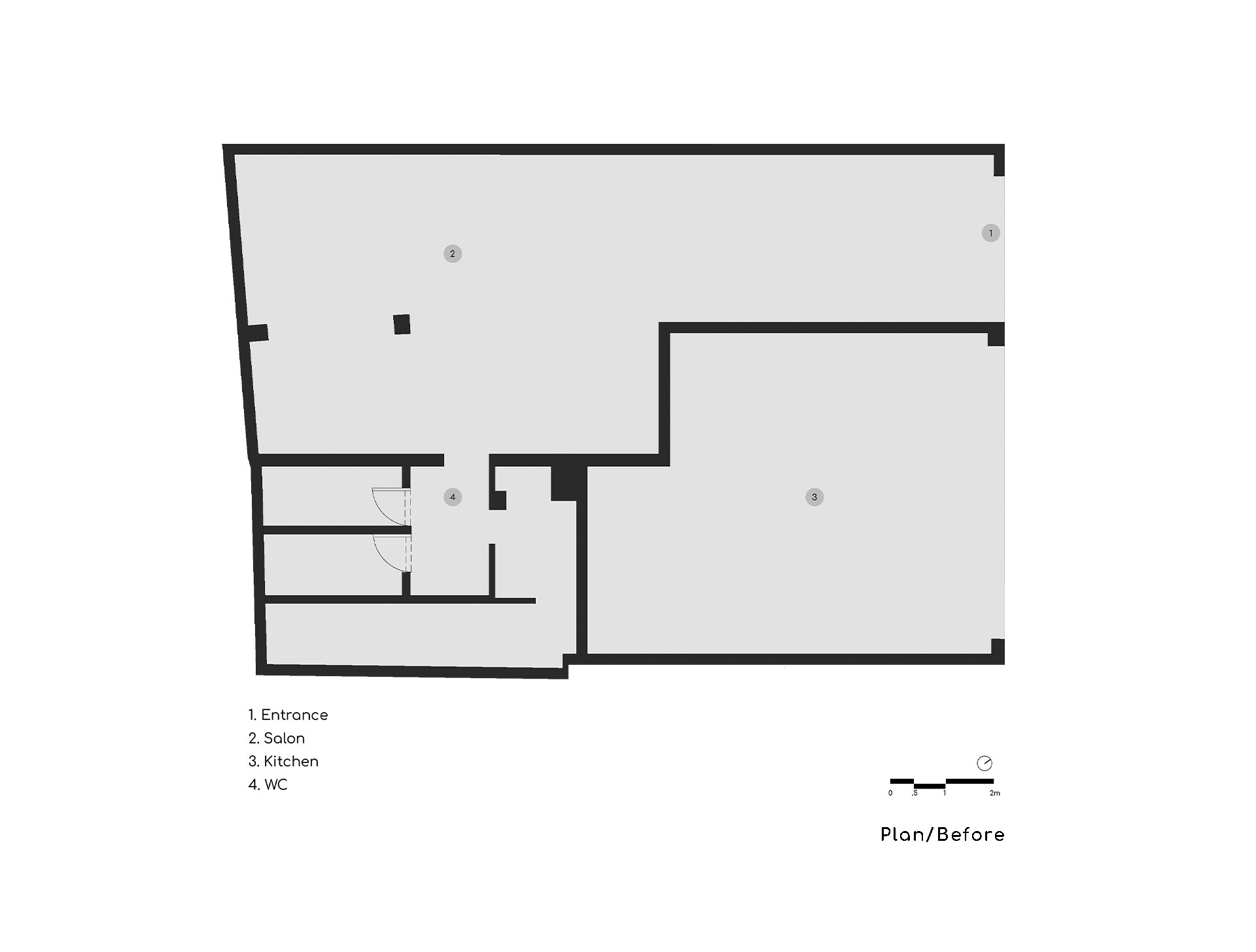
- .
